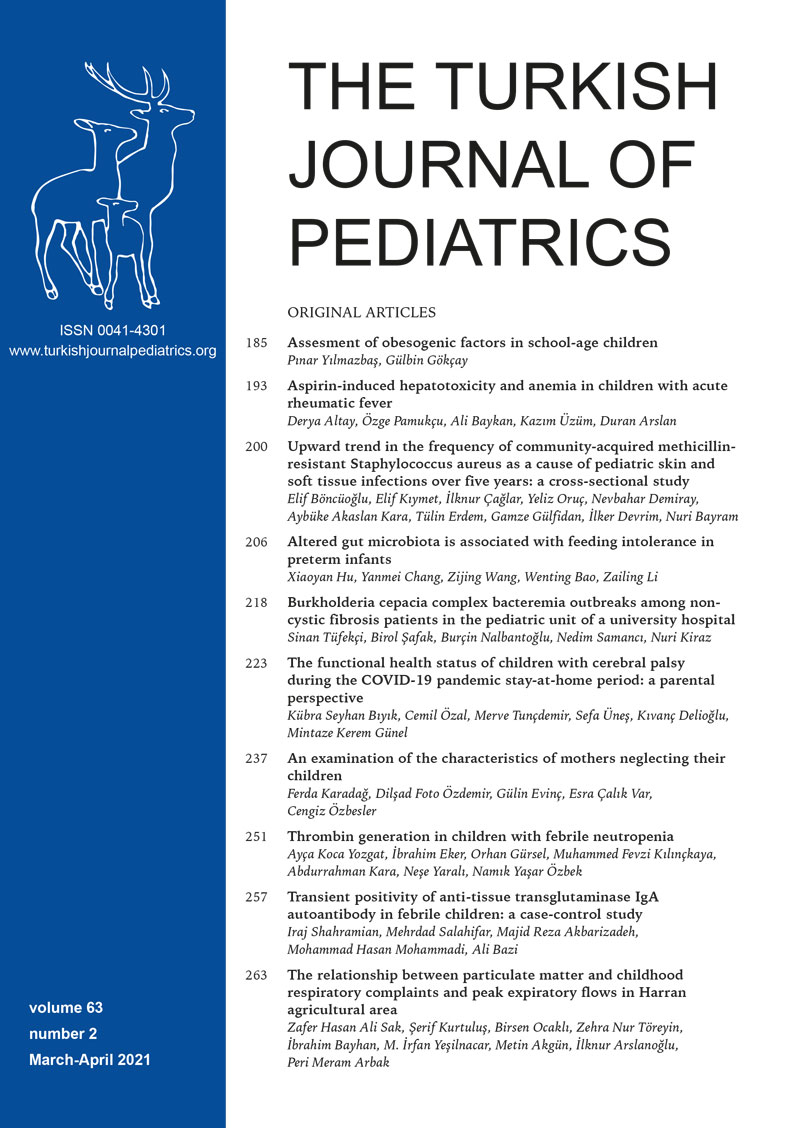Abstract
Background. Systemic lupus erythematous (SLE) is extremely rare in infants and has been reported to be a much more severe disease with higher prevalence of critical organ involvement. Herein we present the clinical and laboratory features of infantile SLE (iSLE) with an onset of nephrotic syndrome (NS) during the first year of life.
Case. A 12-month-old boy was suffering from generalized edema for two months. He had thrombocytopenia, hemolytic anemia with positive direct and indirect Coombs tests and proteinuria of nephrotic-range. Other laboratory studies revealed slightly decreased C3, low C1q and normal ANA and C4 levels; anti-phospholipid and anti-cardiolipin antibodies were also found to be negative. Renal biopsy revealed Class IV lupus nephritis. The patient also suffered from massive pulmonary thromboembolism. Complete remission was achieved with steroid, cyclophosphamide, mycophenolate mofetil and anticoagulant therapy.
Conclusion. iSLE should be kept in mind especially in infantile NS with multisystem involvement. Renal biopsy is mandatory for early diagnosis. Although the disease was reported to have poor prognosis, complete remission could be achieved with intensive immunosuppressive therapy.
Keywords: infantile lupus, infantile nephrotic syndrome, lupus nephritis, systemic lupus erythematous
Copyright and license
Copyright © 2021 The Author(s). This is an open access article distributed under the Creative Commons Attribution License (CC BY), which permits unrestricted use, distribution, and reproduction in any medium or format, provided the original work is properly cited.














